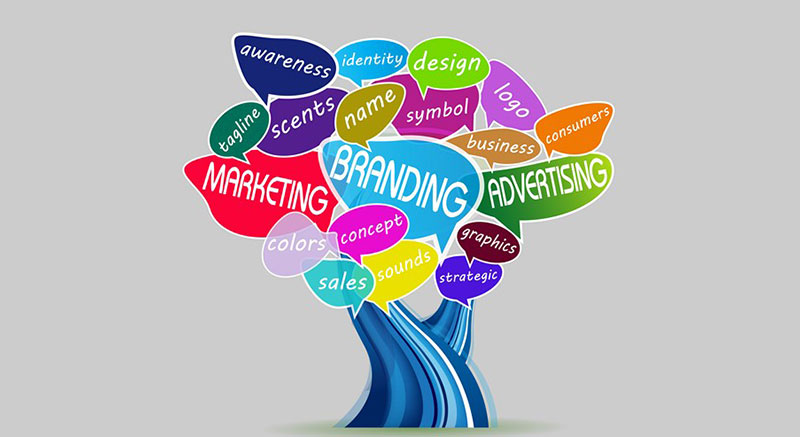
“Brands are what people say about you when you're not in the room,” says John Battelle, Executive Chairman of Federated Media Publishing.
What a brand is has not changed since the advent of the Internet. A brand was, and remains, a monetized value statement. However, how to develop brand equity and loyalty has shifted as swiftly and ruthlessly as a rattlesnake. Make one wrong step, and no second chance waits.
Create an instant experience. People suffer from decision fatigue. They hate making brand decisions, so they make them almost instantly. Marketing guru Martin Lindstrom says that the average shopper makes a decision about a supermarket product in four seconds. More than half of visitors leave a website within 15 seconds. Marketing in the digital age, therefore, requires much more than a logo. It requires accessible experiences that invite customers as participants, not audiences. Adam Samer, researcher at the analyst firm Gartner, says, “Successful campaign management strategies have shifted from interruptive push toward two-way conversations and addressing mutually beneficial approaches to customers’ wants and needs, which a digital marketing approach can provide.”
Be easy to understand. What made Amazon so popular? Its navigable website. Being simple, being navigable, is essential in an age of befuddling operating systems and web design trends. As Bezos, Amazon founder, recommends, speak in Simple English.
Move from monologue to dialogue. Old-time marketing was monologuing: direct mail letters, television commercials, radio announcements, billboard advertisements, etc. No longer. YouTube, Reddit, Facebook and other social media sites have put every advertisement on the table for diagnosis and discussion. Marketers need to monitor community discussion boards and address negative feedback.
Go beyond the MBA. Knowledge of fancy path-to-purchase charts will not offset a lack of knowledge in computer skills and industry finances. Brands are built using PHP and sold on the NYSE. New age marketing must be data-driven, motivated by metrics and not by “tried-and-true” sales pitches. For instance, mobile marketing jumped 138 percent between 2009 and 2010. Therefore, anyone interested in marketing to the Millennial Generation cannot afford to do without a mobile app or web presence.
No more one-size-fits-all messages. Demographics rules marketing with an iron fist. Families no longer gather ‘round the tube to watch The Waltons. The man watches ESPN and reads Forbes; the son plays Facebook and reads Wired; the woman shops online and their grandparents watches five hours of television a day. Digital messages must be tailored to their audiences.
Be exciting. Everyone ignores a salesy street dealer but notices a laughing toddler. Joy, adrenaline, humor – these emotions have power. Consider “The Fun Project,” an initiative by Volkswagen to spur interest in its clean-diesel technology. Contestants submit ideas on how to make mundane tasks fun, like a stairway wired to sound like a keyboard and a trash can engineered to resemble an endless pit. The promise of fun can change behavior and sell products. Just ask The North Face or Chuck E. Cheese.
But perhaps what counts most in the digital age is the same that always mattered most: vision.